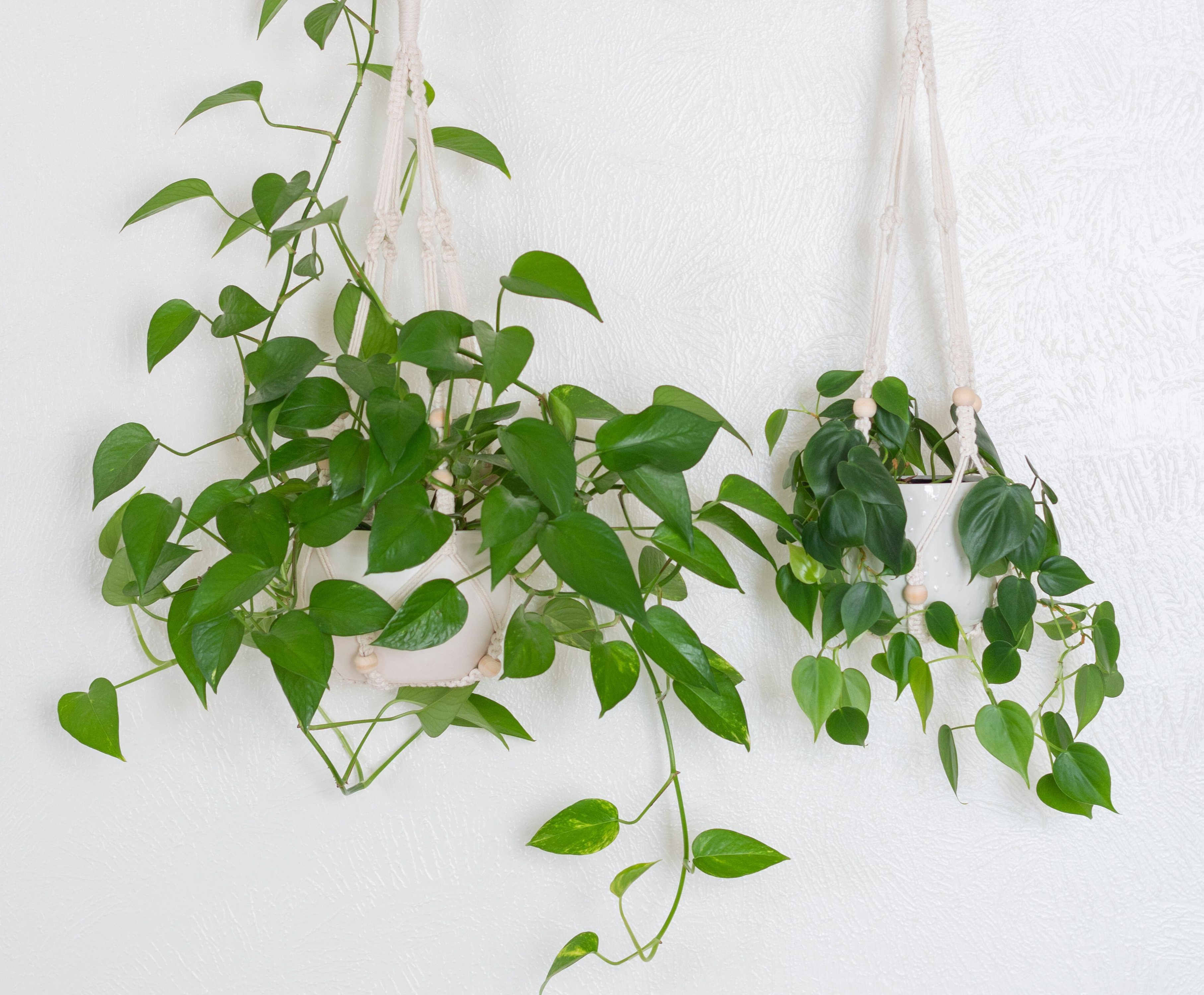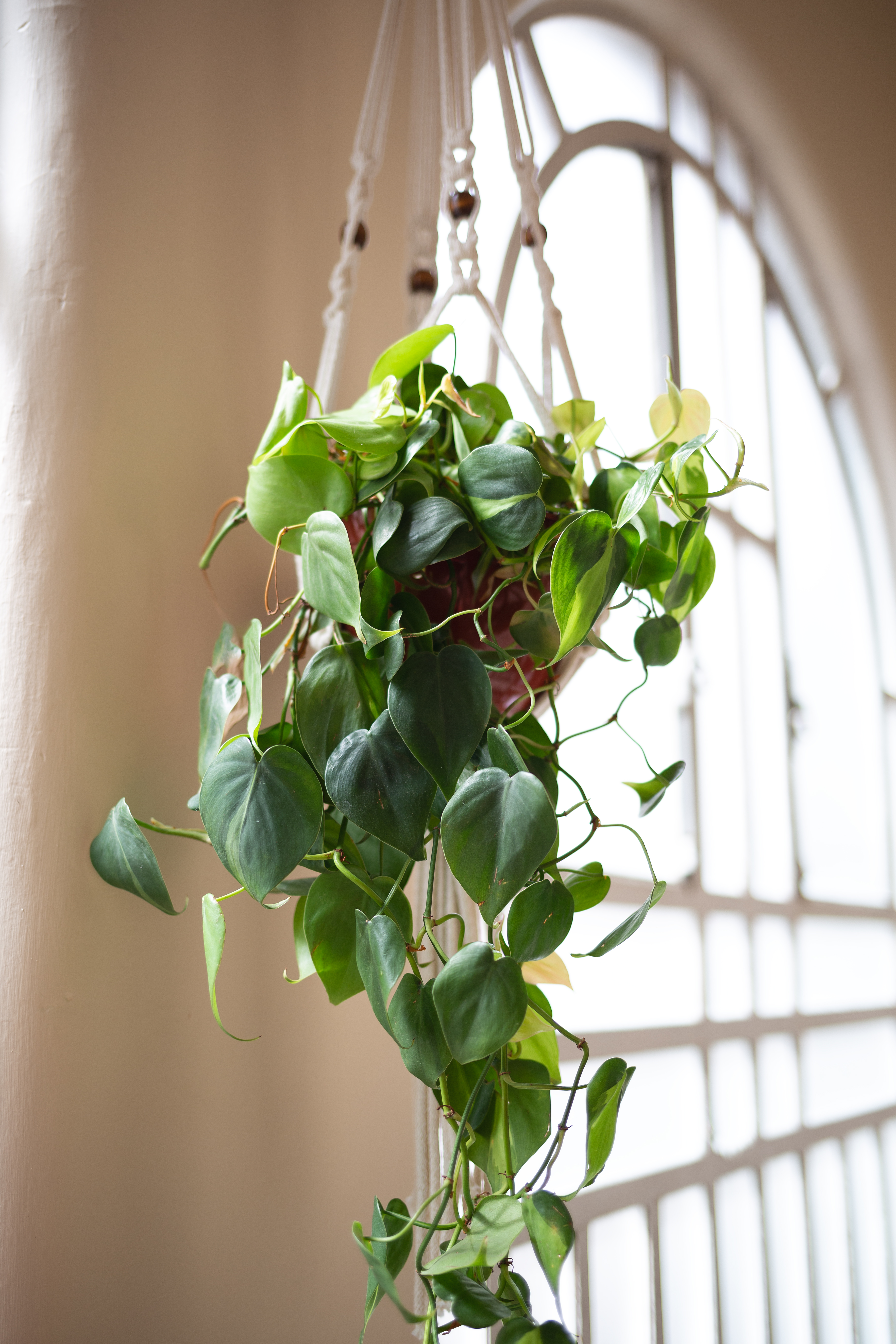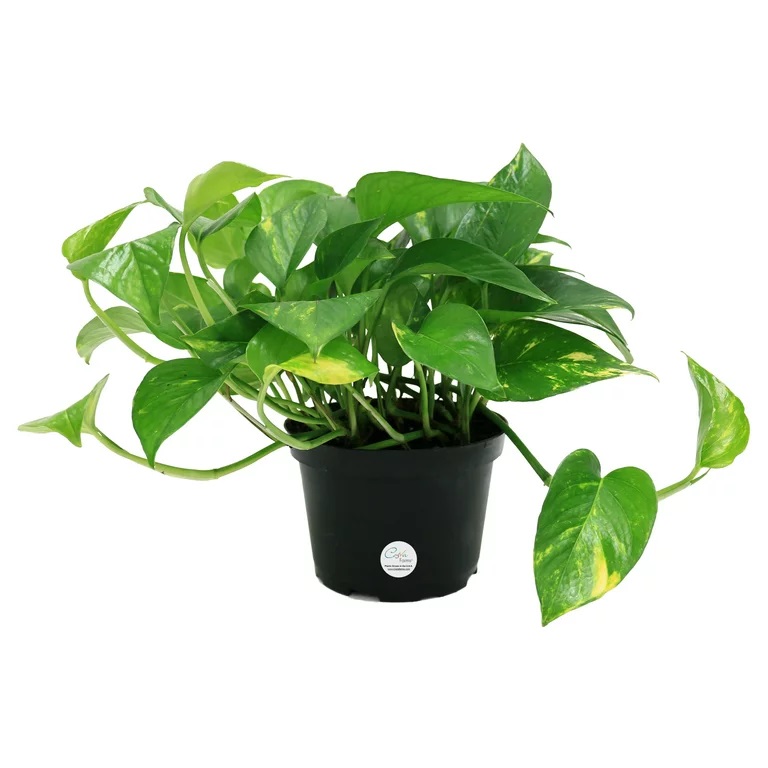I love this simple hack for hanging plants, and I've found it the best way to display cuttings while they're still in water
Hang any houseplant with this simple macrame trick that anyone can do themselves


Hanging your houseplants is one of the easiest ways to turn your home into a green oasis without taking up limited surface space. However, knowing how to suspend them is a different matter altogether. Finding a hanging pot the right size and shape for your plant that also fits your aesthetic can be tricky - not to mention costly - leaving you wishing there was an easier way to hang your regular planters with a bit of DIY...
Well, the good news is, there is! Macrame is the art of tying knots, and while more advanced techniques are used to make intricate and adjustable plant hangers by experienced crafters, you can make your own hanger with some basic (and we mean BASIC) steps.
It's all thanks to a handy TikTok video on how to hang any plant from home renovator and houseplant fan Brooke Styles, and all you need for the job is a piece of rope or string. 'Hanging plants with a rope has become a popular and visually appealing way to display plants in both indoor and outdoor settings,' says Alex Tinsman of How to Houseplant. 'The practice is especially useful in areas with limited space or when looking to add a decorative touch to a room.'
Keen to give it a try? Here's how to hang your best houseplants in a matter of minutes.

Before you get started hanging plants indoors, it's crucial to ensure you have sturdy hooks or hardware specifically designed to bear the weight of your plant and its container. 'This not only prevents accidents but also ensures the safety of the plant and anyone nearby,' says Alex Tinsman at How to Houseplant.
'Choosing the right rope or hanger is equally important; it should be strong and durable enough to support the weight of the plant and its pot,' he adds. 'Natural fibers like jute or cotton are commonly used, but there are also many synthetic options available that offer durability.'
To use the trick shown on TikTok, start with a length of string or rope strong enough to hold your plant. The longer the length, the lower down your plant will hang, so keep that in mind if you have a particular place in mind for your plant. Next, you'll need to tie your string or rope together so that it forms a loop (a strong double knot is best), then lay it out on a flat surface and make a second smaller loop within it by twisting a section.
The Livingetc newsletters are your inside source for what’s shaping interiors now - and what’s next. Discover trend forecasts, smart style ideas, and curated shopping inspiration that brings design to life. Subscribe today and stay ahead of the curve.
For the next step, place your potted plant or container onto the intersection where you created the smaller loop. This will form the base of the hanger that carries the weight of your planter. From here, take the section of rope on the opposite side of the small loop and pull it through to make another. This then goes over the other side of the planter.
Finally, grab two opposing sections from the first loop you made and pull up and out to form the lengths that your plant will hang from, ensuring your planter always stays upright while you do so. These will form little handles to either hang your plant from directly, or to feed another length of rope through for a more easily adjustable plant hanger.
This hack works for any shaped container or any type of plant, but it's best reserved for trailing plants so that you can see them even when hung from a height. 'Spider plants, pothos, string of pearls, Boston ferns, devil's ivy, and hoyas are among the popular choices,' says Alex. One of the added advantages is it makes it easy to display cuttings in glass jars together for a unique botanical theme.
As an extra tip, Alex emphasizes the importance of balancing aesthetics with practicality. 'The hanging style should complement the plant's size, shape, and growth habit and allow it enough space to grow,' he says. 'With the right plant selection and diligent care, hanging plants can transform living spaces into vibrant and inviting areas filled with natural beauty.'

Lilith Hudson is a freelance writer and regular contributor to Livingetc. She holds an MA in Magazine Journalism from City, University of London, and has written for various titles including Homes & Gardens, House Beautiful, Advnture, the Saturday Times Magazine, Evening Standard, DJ Mag, Metro, and The Simple Things Magazine.
Prior to going freelance, Lilith was the News and Trends Editor at Livingetc. It was a role that helped her develop a keen eye for spotting all the latest micro-trends, interior hacks, and viral decor must-haves you need in your home. With a constant ear to the ground on the design scene, she's ahead of the curve when it comes to the latest color that's sweeping interiors or the hot new style to decorate our homes.


